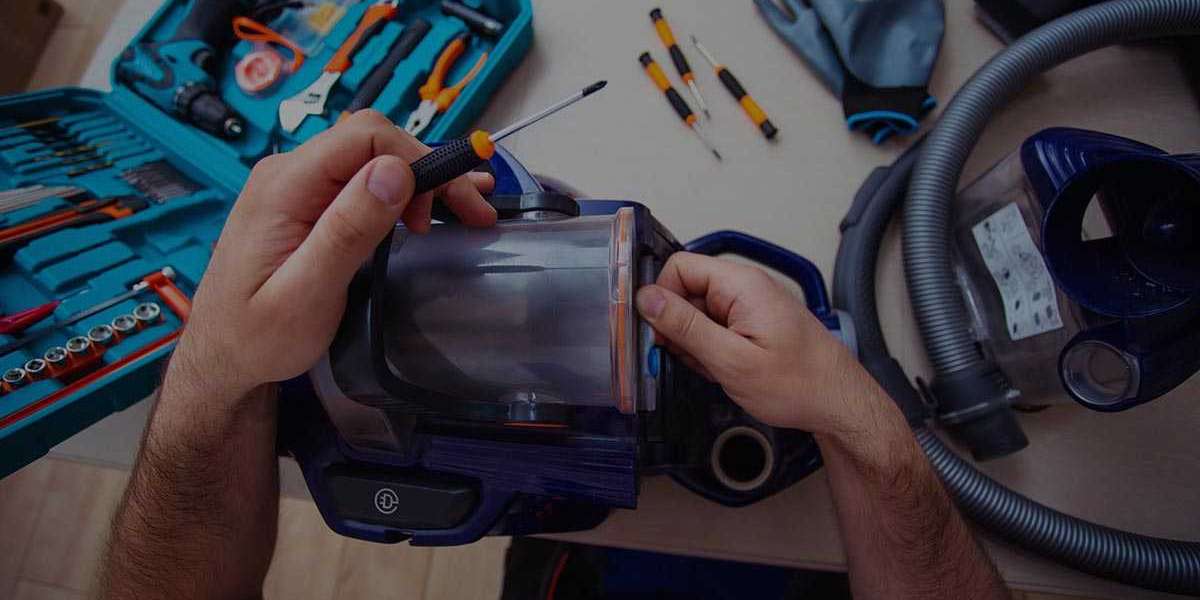In today's world, where environmental conservation is a pressing concern, every action we take can make a difference. While we often focus on large-scale initiatives like renewable energy and recycling, it's essential to recognize the significance of small, everyday activities in reducing our ecological footprint. One such activity is repairing vacuum cleaners, which not only extends the lifespan of these appliances but also contributes to a healthier environment in several ways.
First and foremost, repairing vacuums reduces waste by preventing these appliances from ending up in landfills prematurely. According to the Environmental Protection Agency (EPA), electronic waste, or e-waste, is a significant contributor to global landfill accumulation, posing environmental risks due to hazardous materials like lead, mercury, and flame retardants found in many electronic devices, including vacuum cleaners. By repairing and refurbishing vacuums instead of discarding them, we can mitigate the environmental impact of e-waste and conserve valuable resources.
Moreover, repairing vacuums promotes resource conservation by reducing the demand for new appliances. Manufacturing vacuum cleaners requires significant amounts of energy and raw materials, including plastic, metal, and electronics, all of which have environmental implications. By opting to repair and maintain existing vacuum cleaners, consumers can help minimize the environmental footprint associated with manufacturing and transportation, thereby conserving energy and natural resources.
Another environmental benefit of vacuum repair is the reduction of greenhouse gas emissions. The production, distribution, and disposal of household appliances contribute to carbon emissions, which are a primary driver of climate change. By prolonging the lifespan of vacuum cleaners through repair and maintenance, we can reduce the need for new manufacturing processes and associated emissions, thus helping to mitigate climate change and its adverse effects on the environment.
Furthermore, repairing vacuums fosters a culture of sustainability and responsible consumption. When individuals take the initiative to repair their appliances rather than replacing them at the first sign of malfunction, they demonstrate a commitment to reducing waste and conserving resources. This shift in mindset promotes a more sustainable approach to consumerism, encouraging others to adopt similar practices and collectively contribute to a greener, more eco-friendly society.
In addition to environmental benefits, repairing vacuums can also result in cost savings for consumers. Professional repairs are often more affordable than purchasing a new vacuum cleaner, especially for minor issues such as clogged filters or broken belts. By investing in repairs, consumers can extend the life of their appliances while saving money in the long run, making sustainable choices accessible and economically viable for all.
In conclusion, repairing vacuums is a simple yet impactful way to promote environmental sustainability and reduce our ecological footprint. By preventing unnecessary waste, conserving resources, reducing emissions, and fostering responsible consumption, vacuum repair plays a vital role in creating a cleaner, healthier planet for current and future generations.
References:
- Environmental Protection Agency (EPA). "Electronics Waste Management in the United States." https://www.epa.gov/
- United Nations Environment Programme (UNEP). "E-Waste Statistics and Recycling." https://www.unep.org/
- European Environment Agency (EEA). "Resource Use and Waste Management in Europe." https://www.eea.europa.eu/en/analysis/publications
- Vacuum Doctor. "Professional Vacuum Cleaner Repairs." https://www.vacuumdoctor.co.uk/vacuumrepairs/



